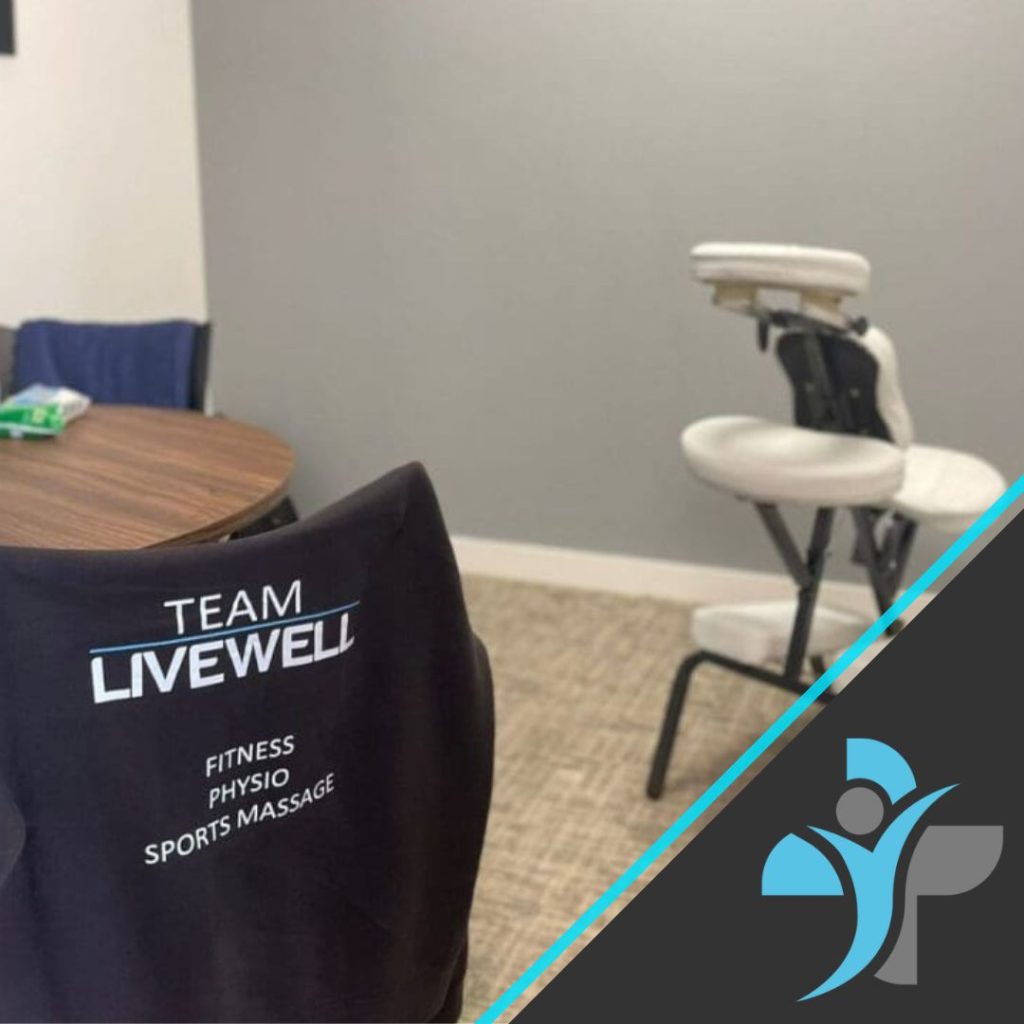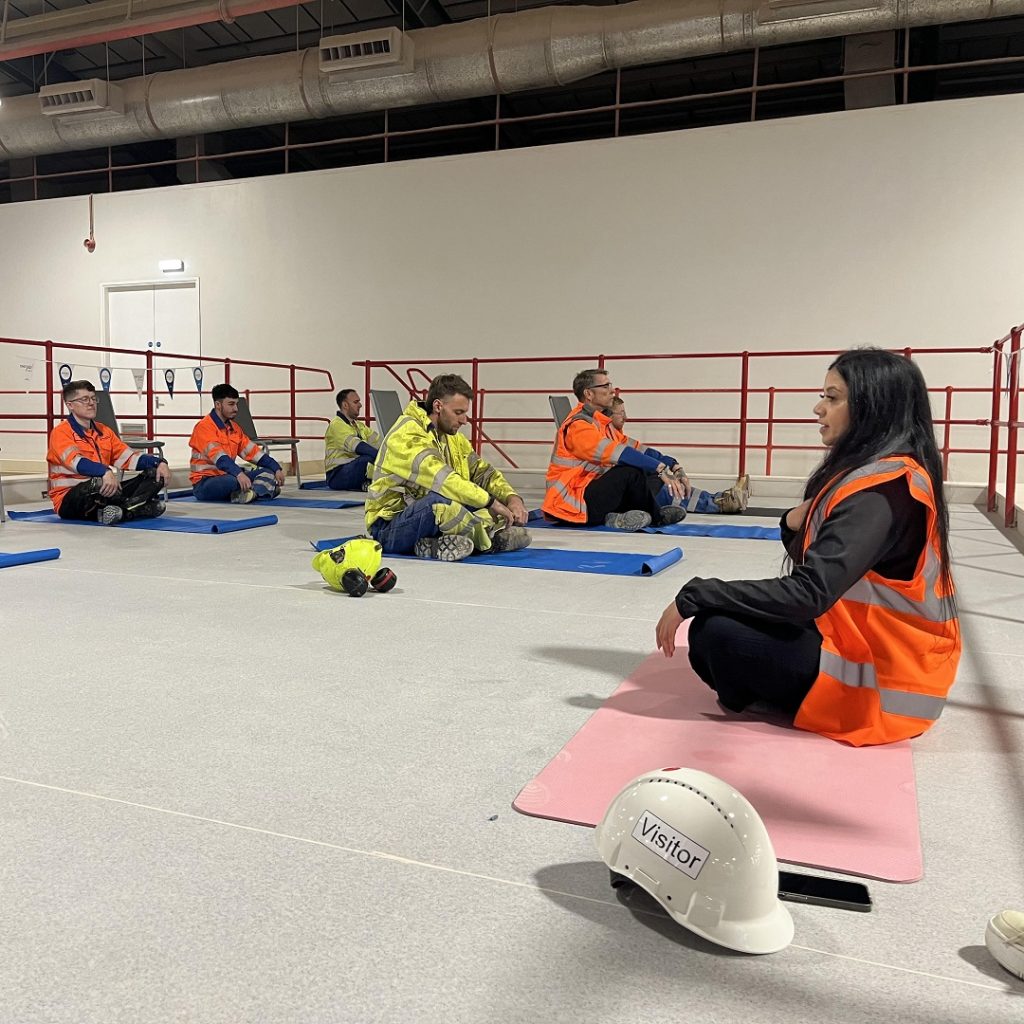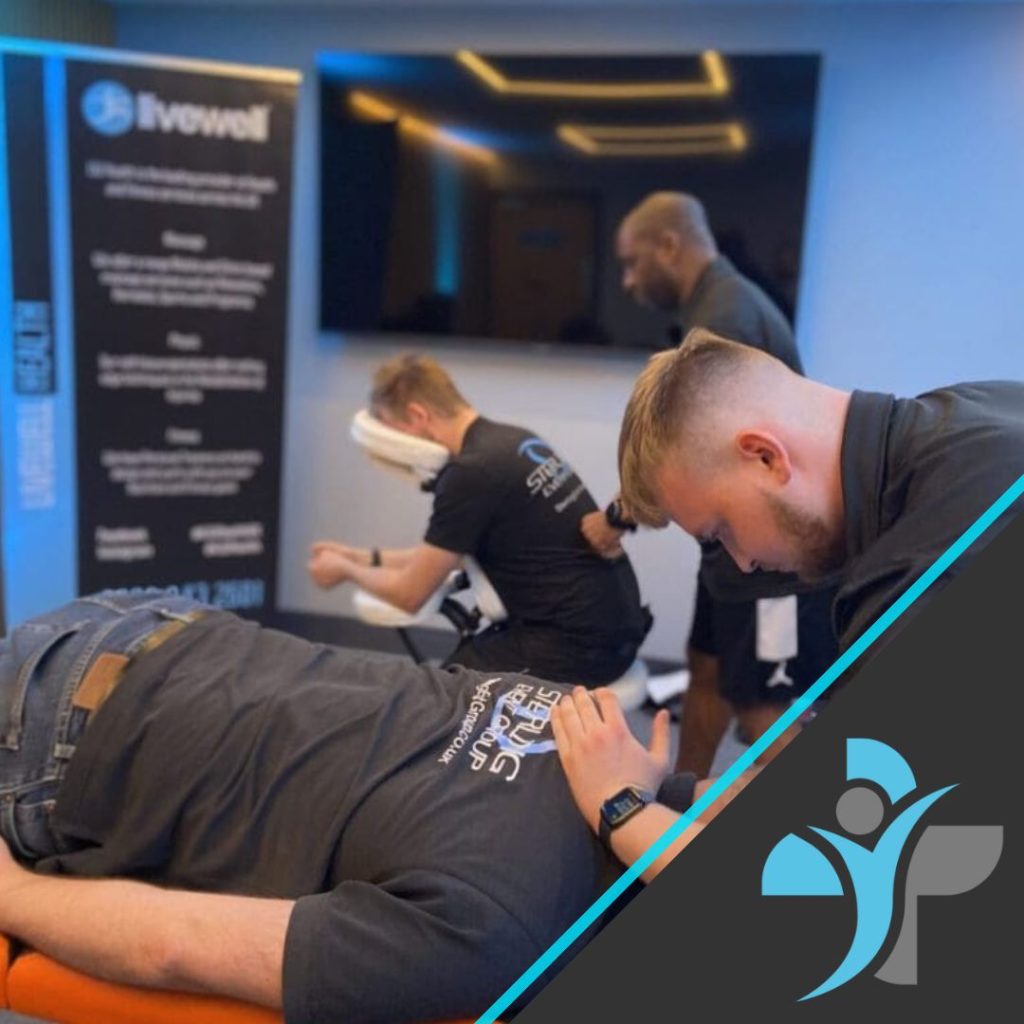In October 2022, LiveWell had the pleasure of enhancing the well-being of employees at BioCare‘s Birmingham office by providing a massage therapist and a yoga instructor for a two-day wellness event. Our goal was to help the BioCare team de-stress and rejuvenate, and the results were overwhelmingly positive.
On the first day, our skilled massage therapist offered neck and shoulder chair massages throughout the day. These massages aimed to alleviate tension, reduce stress, and promote overall relaxation. Employees eagerly took advantage of the opportunity to enjoy a calming and therapeutic experience right at their workplace. The immediate relief from muscle tension and the boost in morale were evident as employees returned to their desks feeling refreshed and revitalised.
The following day, our certified yoga instructor led a yoga and mindfulness session designed to help the team unwind and stretch their tired bodies. The session included gentle stretches, deep breathing exercises, and mindfulness techniques, providing a comprehensive approach to physical and mental well-being. Participants appreciated the chance to engage in these activities, which helped them feel more centred and balanced.
Both days were a resounding success. The LiveWell team thoroughly enjoyed the experience, and the feedback from BioCare employees was exceptionally positive. Many expressed their gratitude for the opportunity to participate in these wellness activities, noting the significant benefits to their physical and mental health.
This two-day corporate wellbeing event at BioCare underscored the importance of incorporating wellness programs into the workplace. By investing in the health and well-being of their staff, BioCare demonstrated a commitment to creating a supportive and positive work environment. The success of this event highlights how such initiatives can boost employee morale, productivity, and overall job satisfaction.
LiveWell looks forward to future collaborations with BioCare and other companies, continuing our mission to promote health and wellness in the workplace. We are excited to bring our expertise to more employees, helping them achieve balance and well-being in their professional lives.
If you are interested in our office massage or yoga and mindfulness sessions or indeed any other wellbeing services please contact us or make a corporate wellbeing day booking.




